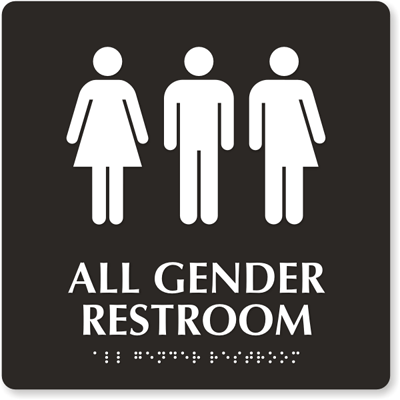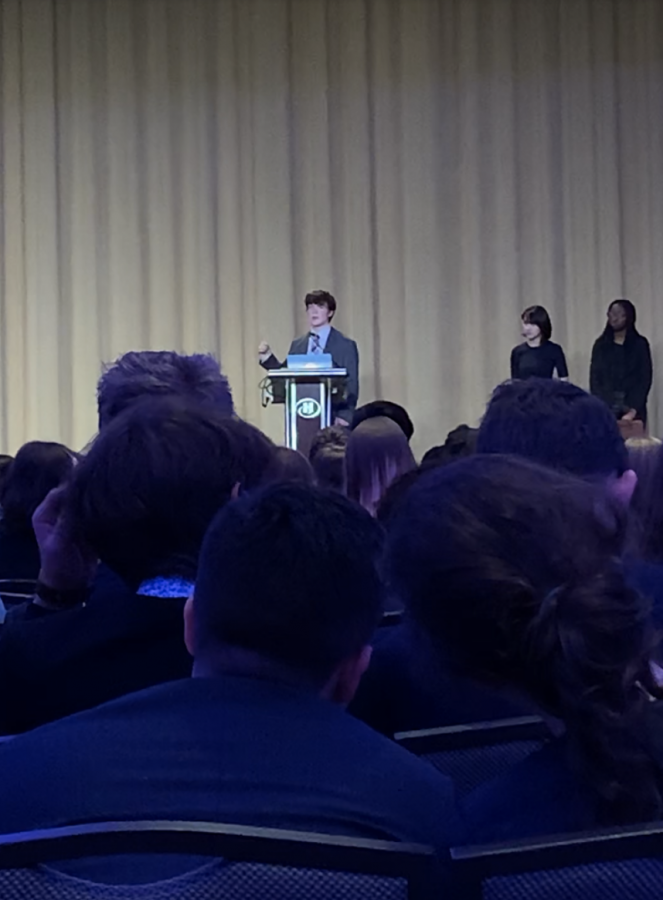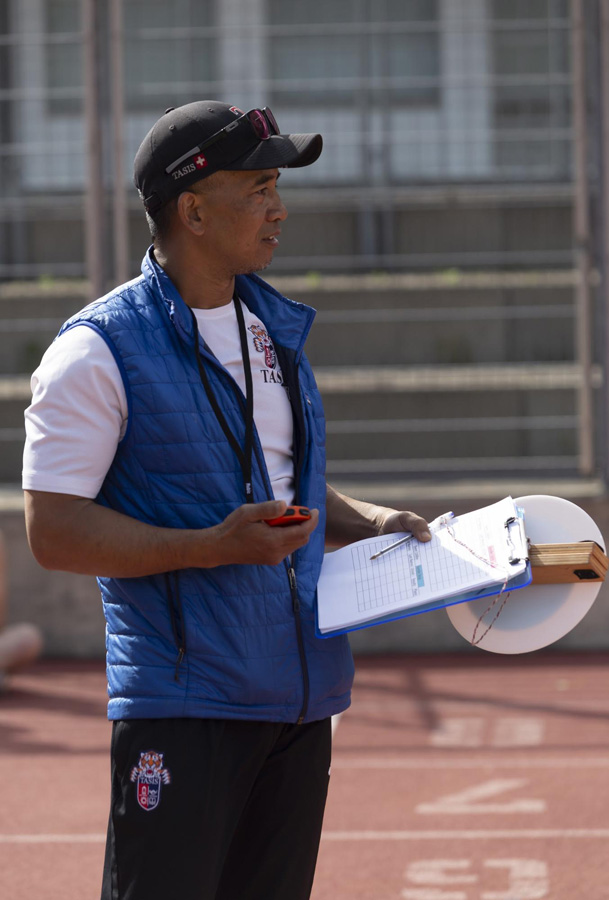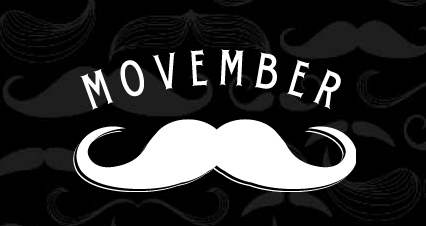Iz Gius Just in time for National Coming Out Day (October 11, 2015) and LGBTQ+ History Month, Latin unveiled its gender-neutral single-stall bathrooms on October 6. And although juniors Olivia Long and Campbell Rierson, who were behind the change, made a brief announcement at gathering a couple weeks ago, there is much more to be said about the bathrooms and non-binary genders than time allowed. When I first asked Campbell what she hoped this Forum article would accomplish, she emphasized the importance of explaining what exactly it means to be non-binary. Non-binary gender, sometimes called genderqueer, is a broad term for any gender identity that is not strictly male or female. It can refer to people who don’t feel that they have any gender, who feel that they have different gender identities at different times, who feel that their gender is somewhere between male and female, etc. etc. (for more information, check out nonbinary.org). Understandably, for people who identify with a non-binary gender, choosing which bathroom to use can be an uncomfortable, unsafe, and isolating experience. In response to this, Latin changed the signs of the second floor single-stall bathrooms, which were originally intended for staff use and featured a sign with a man and a woman on it, to a sign that simply says “restroom.” Campbell and Olivia, who worked with Mr. Coberly, originally intended to switch one of the larger, multiple-stall bathrooms on the upper floors into another gender-neutral bathroom, but that plan proved too difficult for immediate implementation. As Campbell expressed, “If things were perfect, all you would have to do it change the sign [on one of the multi-stall bathrooms] and call it gender-neutral, but it’s not perfect.” Olivia echoed Campbell’s statements, saying that “It’s so out there to have a bathroom like that, which is open to men and women and everyone in between, and that shows a huge problem.” Creating a large gender-neutral bathroom would require more extensive training and explanations for both the students and faculty, so for now the second floor bathrooms are the extent of the change. Both Olivia and Campbell said that the response to the new and improved bathrooms has been generally positive. “Sometimes people will ask us to explain, but for the most part if anyone is willing to ask, I’m willing to provide an explanation,” said Olivia. And for Olivia, and for anyone at Latin (presently or in the future) who identifies as non-binary, even this small change is “really exciting.” And because it is LGBTQ+ History Month, I also asked Olivia about their thoughts on non-binary history, which they described as “completely nonexistent, even though it’s there.” They continued, saying “there are a lot of records of people being non-binary, but in modern media it is so unheard of that there is literally no representation.” And for people who don’t identify as strictly male or female, this can be “really upsetting and really tough, because they feel like there’s something wrong because they don’t identify as either.” So although there is certainly more to be done at Latin and around the world in terms of non-binary history, representation, and acceptance, the gender-neutral bathrooms are a step in the right direction. And what’s next for Olivia and Campbell? “Gender-neutral locker rooms. We need that please.” ]]>
Categories:
Explaining the Gender Neutral Bathrooms
November 2, 2015

1
0
More to Discover























































wlombardo • Nov 2, 2015 at 9:30 pm
great article, iz. thanks.